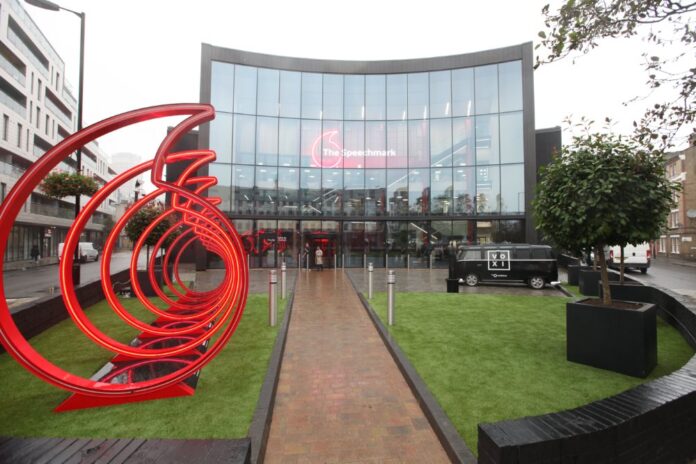Ericsson’s AIR 3218 is expected to be deployed across 50 sites within the Vodafone UK network during 2023
U.K. carrier Vodafone and Swedish vendor Ericsson have begun the deployment of a compact active-passive antenna in the U.K. to bring greater 5G capacity, coverage and performance to the carrier’s existing network infrastructure.
Ericsson’s Interleaved AIR 3218 solution combines an antenna-integrated radio and multiband passive antenna technology in one single enclosure, meaning additional high-performing 5G capacity can be added with no additional antenna footprint, the vendor said in a release.
Using a single antenna footprint and Massive MIMO (massive multiple-input multiple-output) technology, Vodafone will leverage the larger bandwidth of mid-band spectrum to increase 5G capacity and deliver enhanced mobile broadband experiences, Ericsson said.
The combination of radio and antenna in one single unit brings an “optimized modular form factor” and easy rooftop, tower, wall and pole mounting – meaning that site upgrades and acquisitions will be simplified and 5G deployment accelerated in areas previously constrained by building regulations or planning law, according to the vendor.
The AIR 3218 is expected to be deployed across 50 sites within the Vodafone UK network during 2023.
Ker Anderson, head of radio and performance at Vodafone UK, said: “5G is the U.K.’s digital future, but we should never underestimate how difficult it is to deliver a future-proofed network at scale across the length and breadth of the U.K. Working in partnership with Ericsson, we are constantly exploring new ways to accelerate this transformation, and this is another example of where innovation is delivered through collaboration.”
“This is a game changer for Vodafone and the U.K. deployment of 5G Massive MIMO. Together, we are increasing 5G capacity without growing visual antenna footprint on site. By being able to do more with less we are bringing the benefits of next-generation connectivity to more people in the UK, but also reducing any impact on the environment and continuing our journey to break the energy curve,” said Evangelia Tzifa, CTO of networks and managed services at Ericsson UK and Ireland.
Last month, Vodafone UK announced the launch of Standalone (SA) 5G in several major cities. The first locations to be covered by the service, branded 5G Ultra, include London, Manchester, Glasgow and Cardiff. The carrier said this is the region’s first 5G SA mobile network for consumers.
Vodafone CEO Ahmed Essam recently warned regulators that a decision to block the attempted merger of Vodafone and Three UK would result in them cutting their investment in digital infrastructure and being unable to deliver on the U.K. Government’s goals in the 5G field.
The merger is subject to approval from the Competition and Markets Authority, which is currently looking deeper into the proposed transaction. If the transaction is approved, the new entity will reach 99% of the U.K. population with 5G Standalone (SA) networks. Also, the combined business will invest £11 billion ($13.95 billion) in the U.K.
The transaction is expected to close before the end of 2024.

